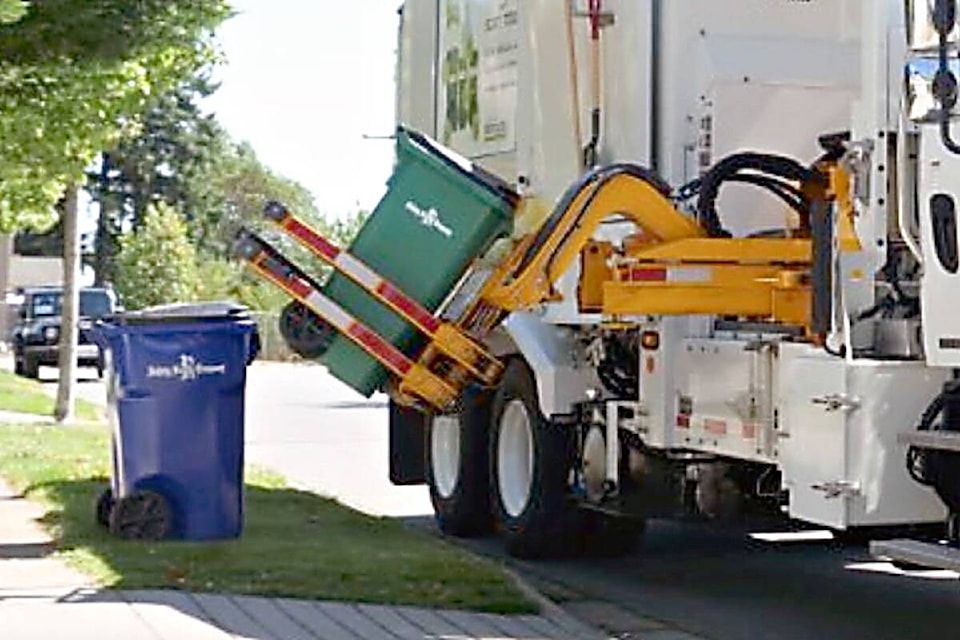I’m writing to clarify information presented in a recent Comox Valley Record opinion article “Garbage Police, brought to you by Courtenay council” on the emphasis of City of Courtenay’s curbside collection program, the Solid Waste Contamination Management Policy, the Ambassador program, and the upcoming transition to automated curbside collection in January.
Residents may not be aware that Recycle BC, funded by businesses, reimburses nearly 65 per cent of costs for city’s recycling program. This includes the cost of collection, education programs, and a subsidy for administration. These savings are passed on to residents with curbside collection – which means these households only pay around $21 per year for recycling. That’s less than a cup of coffee a month.
In exchange for this funding, Recycle BC expects that recyclable materials coming from Courtenay residents are free from contamination to ensure they can be recycled. Excess contamination can result in fines, and could potentially even impact the status of the city’s contract.
Here are a few reasons why keeping our recycling stream free of contaminants is so important:
• Styrofoam in curbside recycling can break apart, resulting in tiny fragments throughout otherwise recyclable materials that is very difficult to remove.
• Glass in curbside recycling can break, which can contaminate other recycling, and is also a danger to workers.
• Soft plastics in curbside recycling, if not removed, can become entangled in sorting equipment at the recycling depot, resulting in damage to equipment.
When these materials are left in curbside recycling bins, this contamination can unfortunately result in otherwise recyclable materials becoming garbage, ending in the landfill.
Courtenay’s seasonal Student Ambassador program launched in 2018, sharing information with residents on recycling, water conservation, and more. The goal of the ambassador program and contamination management is educating residents on the correct ways to recycle as laid out in the city’s works agreement with Recycle BC. Recycle BC cannot penalize the City of Courtenay if garbage is contaminated.
For several years, the City and curbside collection contractor have been using “Oops!” stickers to flag excess contamination in recycling bins, and last year launched “Recycling Star” stickers for residents doing a great job. Other B.C. communities have adopted similar initiatives to reduce contamination. With the launch of the automated collection program and associated bylaws and policy, the City of Courtenay is simply following industry best practices.
Courtenay residents have historically done an above-average job with recycling compared to other communities. In 2016, our residential recycling was recognized provincewide by Recycle BC (formerly Multi-Material BC) as having the lowest contamination in the entire province.
When automated collection begins in 2024, the city hopes to maintain these low levels of recycling contamination, for the collective benefit of all residents.
To learn more about the benefits of preventing recycling contamination from Recycle BC, visit
Styrofoam, flexible plastics, and glass can be dropped off at the Return-It Centre and the Comox Valley Waste Management Centre. For detailed information on what goes where, use the Waste Wizard on the Courtenay Collects app or visit


